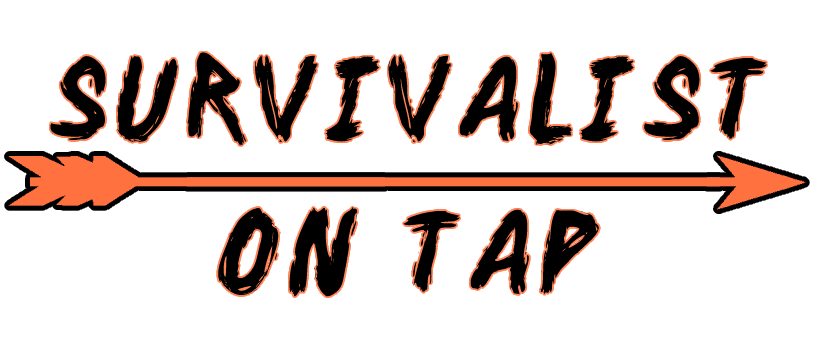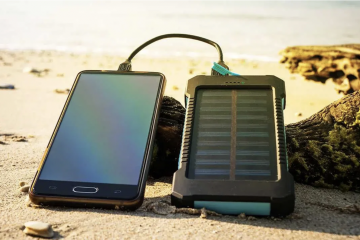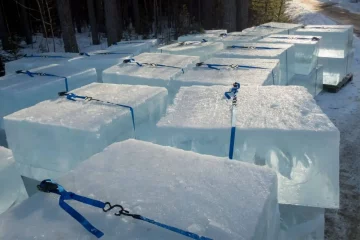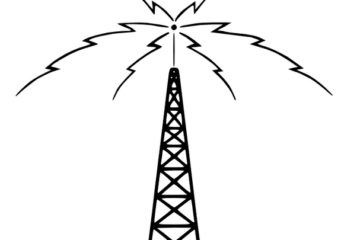Keeping a strategic stash of vegetable seeds on hand is a critical, but often overlooked survivalist essential. People will scour the country to obtain any available food source should a widespread food supply crisis occur. If food disappears from our supermarkets, people will quickly realize they must supplement what’s available by growing it themselves. Then, every seed packet sitting on a shelf anywhere will immediately disappear.
We often have robust plans to sustain ourselves for the short term (a few weeks or months at most), including stocking emergency meal kits and having a supply of extra fuel (propane, gasoline, wood) but often little thought is given about food for the long term.
Learning from a page in history (World War II) when food was scarce, Victory Gardens were planted in residences and parks to grow vegetables and fruits. A food supply from seeds is essential. Having plans, seeds, and tools ready now to plant a modern day Victory Garden will provide you a great advantage in a time of need.
Seed Selection and Some Recommendations
Think about selecting seed types to maximize your yield, variety, nutritional content (including protein), pest resistance, storage, and growing season. Some excellent quick crop choices for your Victory Garden like carrots, lettuce, and radishes thrive in the cooler weather like spring and fall, allowing two harvests per year. Others recommended plants like tomatoes, peppers and zucchini thrive in the hot summer months. Potatoes, corn, and beans are on the “must grow list” as they offer cooking versatility and excellent storage benefits. Watermelon and cantaloupe can also be nice additions as a fruit source although they require more real estate since they grow on long running vines.
A few personal selection recommendations and notes based on my years of experience growing a vegetable garden with lots of experimentation in my northeast US climate (last frost early May):
Tomatoes: Rutgers (medium size with good yield), Big Beef Hybrid (large tomatoes with better disease resistance than a traditional Beefsteak), Chef’s Choice Orange Hybrid Tomato (good disease resistance with a respectable crop of a nice tasting orange tomato) Tomatoes are very easy to grow, have versatile applications (ex: fresh or in sauces) and definite storage benefits (home canning – popular years ago but now mostly a forgotten art) so it’s a “must grow” plant.
Peppers: Ace (early maturing plant with heavy yields of red pepper), King Arthur (yields extremely large red peppers). Note that you can always pick peppers in their green state and not wait for them to turn red (with improved flavor).
Beans: Bush and Pole (Pole grow on a wood pole teepee or tall fence) variety. Beans easily dry for storage. They contain protein which will be essential if meat based sources are unavailable.
Potatoes: they do not grow from seeds but from cut pieces of a potato. Each piece contains at least one indentation (aka “eye”) that will produce a new growth shoot. Potatoes store for a long time. They have also been a fundamental food staple of many countries for hundreds of years, so follow their lead. Always keep two bags of organic (untreated) potatoes on hand. Use them for cooking as normal and repurchase when down to one bag. Thus always ensuring you have at least one full bag in stock.
Zucchini: vigorous large plants with great yields
Watermelon: Sangria (20 to 25 lbs with fewer seeds)
Planning – sunny location, garden tools
Having an ample quantity of seeds is great, but you must have plans for growing them. An area of full sun for 6-8 hours per day is an absolute necessity. Although you may not decide to be an active gardener now, develop a mental plan on how you would transform your yard or available property into a mini-farm. Envision digging up a lush green grass lawn and transforming it into rows of bare earth ready for planting. Hard to believe a day like that could come, but it might. Take inventory of your garden tools now (shovels, rakes, saws) which you need to dig up and work the soil, and also be prepared to cut down or trim any trees blocking precious sunlight needed by your garden to sustain you.
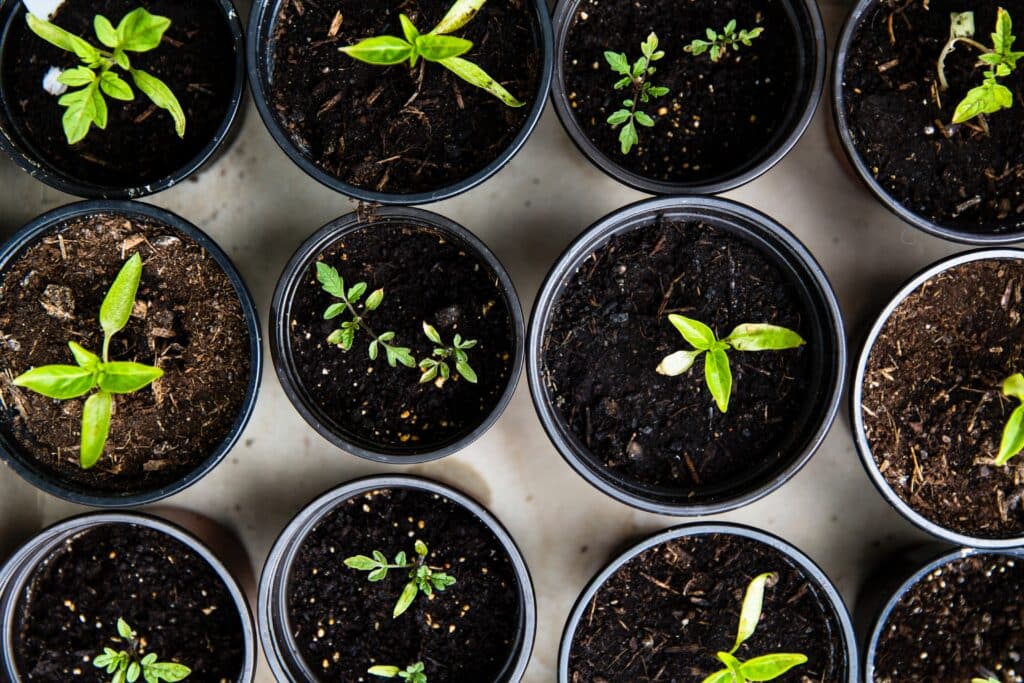
Replenish Seeds Annually
Seeds are surprisingly inexpensive! With some smart shopping, you will be able to accumulate a decent stockpile for about 25 -30 dollars a year. My recommendation is to stop at your local Walmart in the late winter/early spring to obtain seed packets. My local Walmart sells seeds sold by the American Seed company. Each packet costs 20 cents (yes, this is not a misprint!) and they have multiple varieties of some very basic seed types (tomatoes, leaf lettuce, zucchini, etc.). You can also be more selective (but at a higher cost) and purchase some of my recommendations. Take a look at Seeds & Such (Rutgers and Chef’s Choice Orange Hybrid tomatoes, King Arthur pepper, Sangria watermelon), and Johnny’s Selected Seeds (Ace pepper), and Gurney’s Seed & Nursery Company (Big Beef Hybrid tomato).
The bottom line for success is to get a mix of basic inexpensive seeds and some select seeds that have improved growing characteristics compared to basic varieties. Keep your seed packets indoors and in a dry location. Many seeds have a shelf life of about a year. Therefore, discard and replenish your stocks on an annual basis. Seeds only go “bad” in the sense that germination yields will start to really drop. This usually occurs after a long period of time, yielding less that sprout. Discipline to re-purchase seeds every year will probably be more of a challenge. Adding a yearly calendar reminder on your phone or computer will help.
Seed Recycling – an endless supply
A terrific benefit of growing a garden is that seeds from harvested fruit and vegetables can be saved and used for the next growing season. For example, each tomato or pepper harvested can typically provide 50+ seeds. They can easily be dried, saved, and also shared with family and friends. Your ability to plant and harvest a first crop is obviously the key first step to ensure an endless supply of seeds.
Plan Today and Reap Tomorrow
This is all about planning, and obtaining and maintaining a stash of seeds to maintain or start a food supply. Seeds purchased and stockpiled today act as an insurance policy should society go off the rails. Essentials for success are having seeds, a sunny planting space, and basic garden tools. Having that planning in place should give you great peace of mind.
